The U.N. Climate Change Conference in Paris on November 30, 2015, was a remarkable event. One which presented the world with the gift to fight climate change and help the planet we thrive on to sustain itself. Spearheaded by the Hon’ ble Prime Minister of India, Narendra Modi and then Prime Minister of France, Francois Hollande, the International Solar Alliance (ISA) is a coalition of solar resource-rich countries, between the Tropic of Cancer and the Tropic of Capricorn. Mr Modi referred to these countries as Suryaputras (sons of the sun), and these countries would help to harness solar power for its efficient consumption and reduce dependence on fossil fuels.
International Solar Alliance – A Brighter Tomorrow
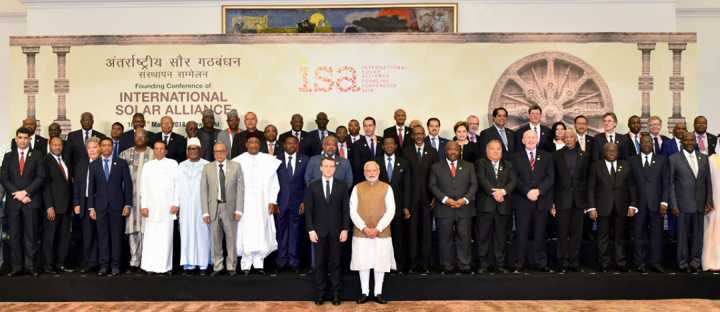
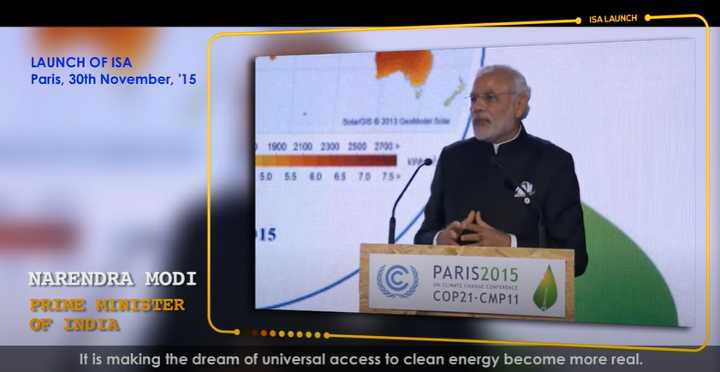
The alliance is a treaty-based inter-government organization and is the second-largest grouping of states worldwide, after the UN. It has 69 member countries who have signed and ratified the ISA Framework Agreement and 88 signatory countries who have signed the ISA Framework Agreement. The countries that do not fall within the Tropics can join the alliance and enjoy all benefits as other members, except for voting rights. It has its headquarters in Gurgaon, India. It is also known as the International Agency for Solar Policy and Application (IASPA).
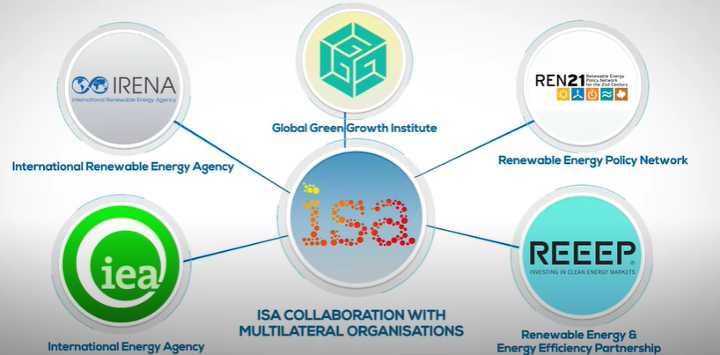
ISA is led by the Director-General, Mr Upendra Tripathi. He has an illustrious career of serving the nation, having served as the Secretary to GoI in the Ministry of New and Renewable Energy. He has several accolades to his name and was awarded Prime Minister’ s Award for Excellence in Public Administration in the individual category in 2009.
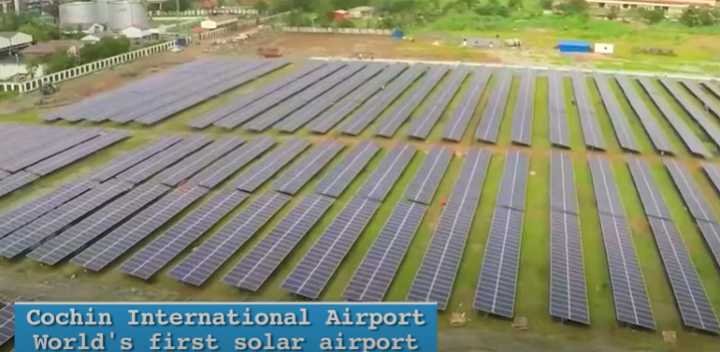
The Objectives of ISA
The main focus of the alliance is the efficient utilization of solar power. This initiative speaks of the concern of the developing countries for the planet. It sends a message to the global community about the efforts required to switch to low-carbon alternatives and address the damage done due to the drastic climate change. Some of the interests and objectives of ISA are as follows:
– Collectively addressing common challenges to scale up solar energy applications
– Mobilizing investments of more than USD 100 billion by 2030
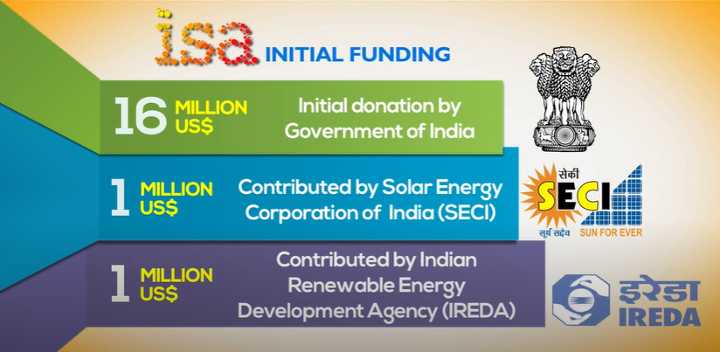
– Reducing the cost of finance to increase investment in solar energy generation in member countries
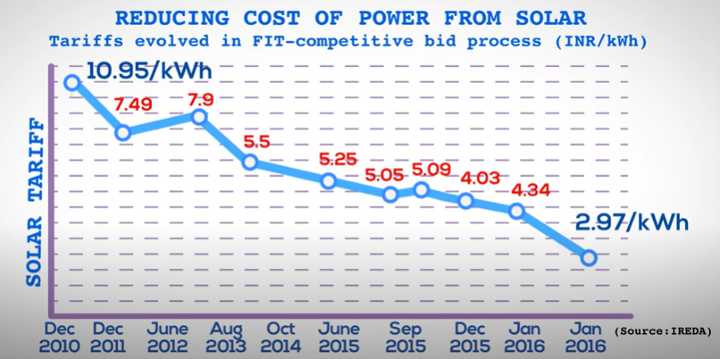
– Promoting innovative financial mechanisms and mobilizing finance from institutions
– Scaling up the application of solar technologies in member countries
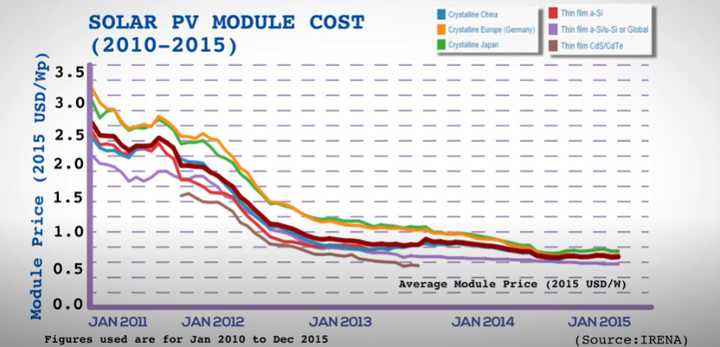
– Facilitating collaborative research and development activities in solar energy technologies among member countries
– Promoting a common cyber platform for networking, cooperating and exchange of ideas among member countries
– Taking coordinated action through programmes and activities aimed at harmonization, aggregation of demand, risk and resources, for promoting solar finance, solar technologies, innovation, R& D, capacity building, etc.
India has sincerely taken up the goal to install 100GW by 2022 and reduce the emission intensity by one-third by 2030. The success of these efforts shall deliver solar energy to the remotest areas and establish a strong network on green energy. The aim is to provide electricity to the houses in the most far-flung areas.
The Future
The member nations collectively aim to facilitate infrastructure to implement the success of solar projects, and the alliance has collectively committed to investing a total of USD 1 trillion to this cause. The collaborative efforts of the member countries shall support each in making research and development better for making solar power equipment and technology.
Possible additional benefits from the alliance can be a strengthening of ties with the major African countries and increasing goodwill for India among them.
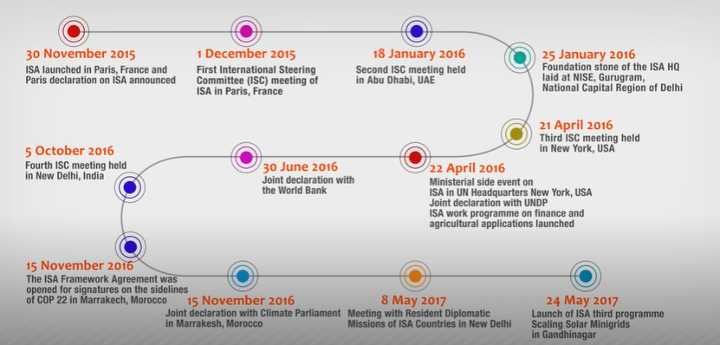
In 2016, the alliance and World Bank entered into an understanding to accelerate funding for this initiative. At the World Future Energy Summit (WFES) held in Abu Dhabi in 2018, the government of India announced the establishment of a USD 350 million solar development fund to enable financing of solar projects.
The growing support for the solar alliance is evidence of rising political momentum around the world to act on climate change and transition to a low-carbon economy, and India leading this is an indicator that our nation is headed in the right direction.